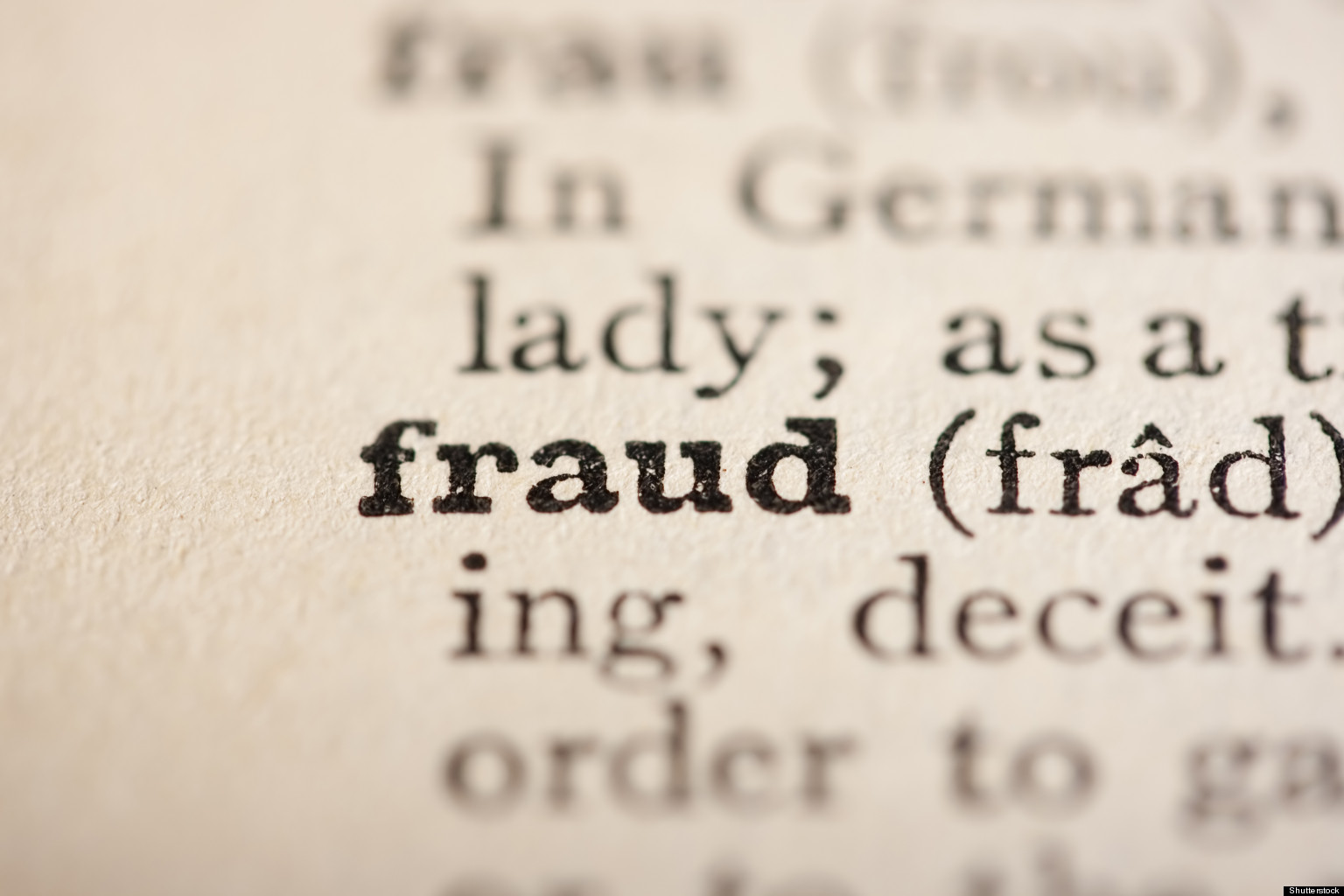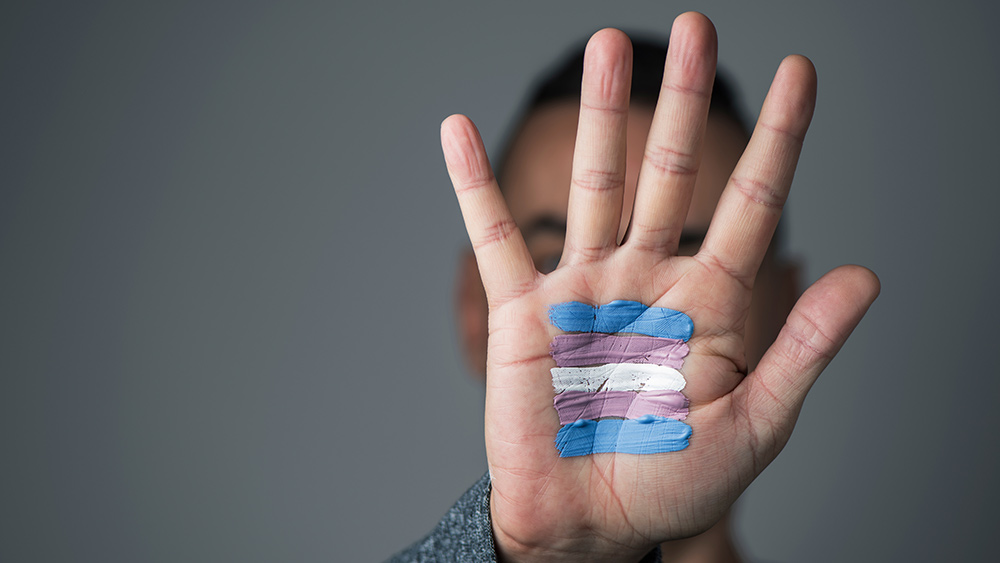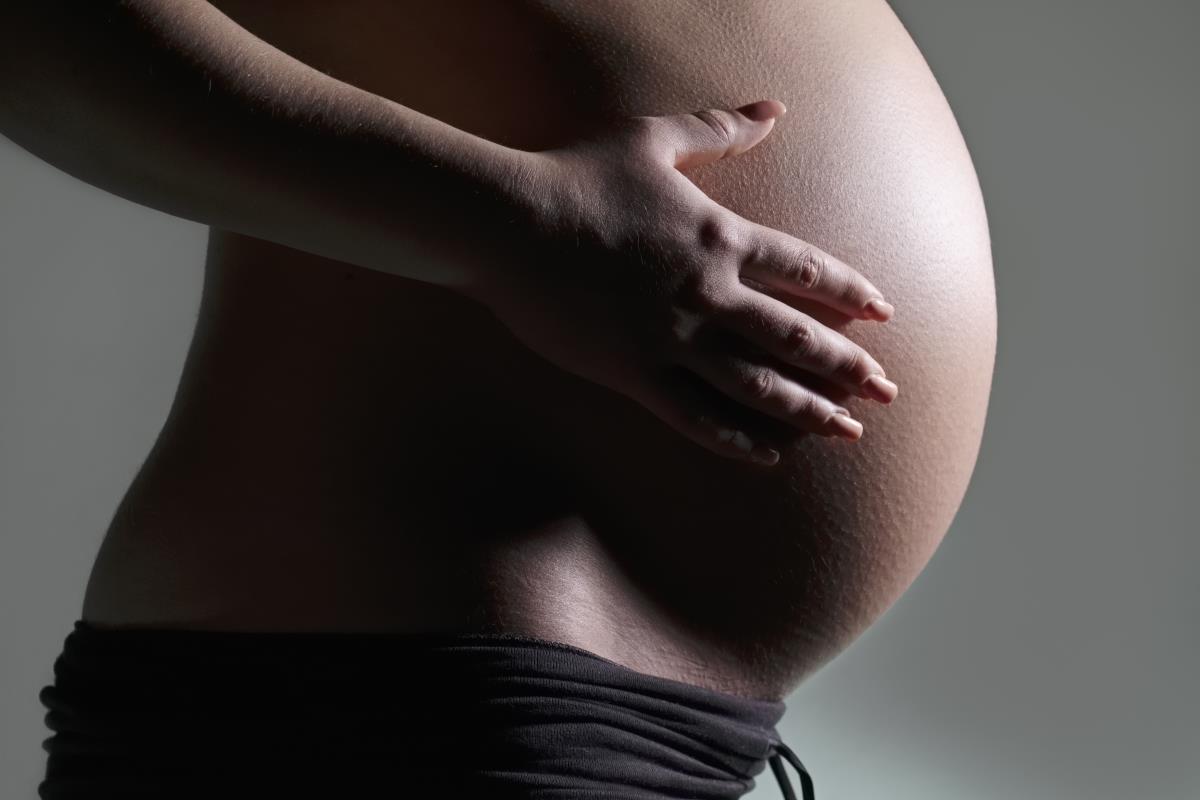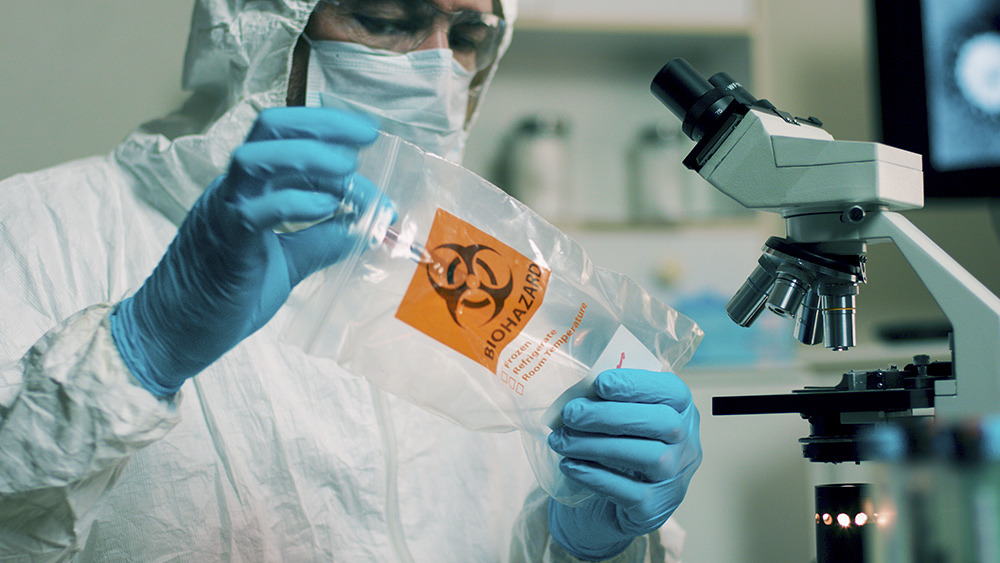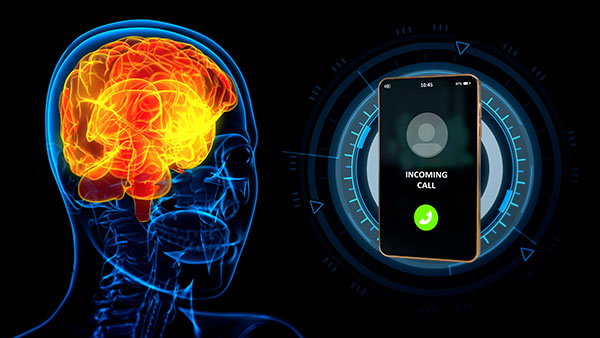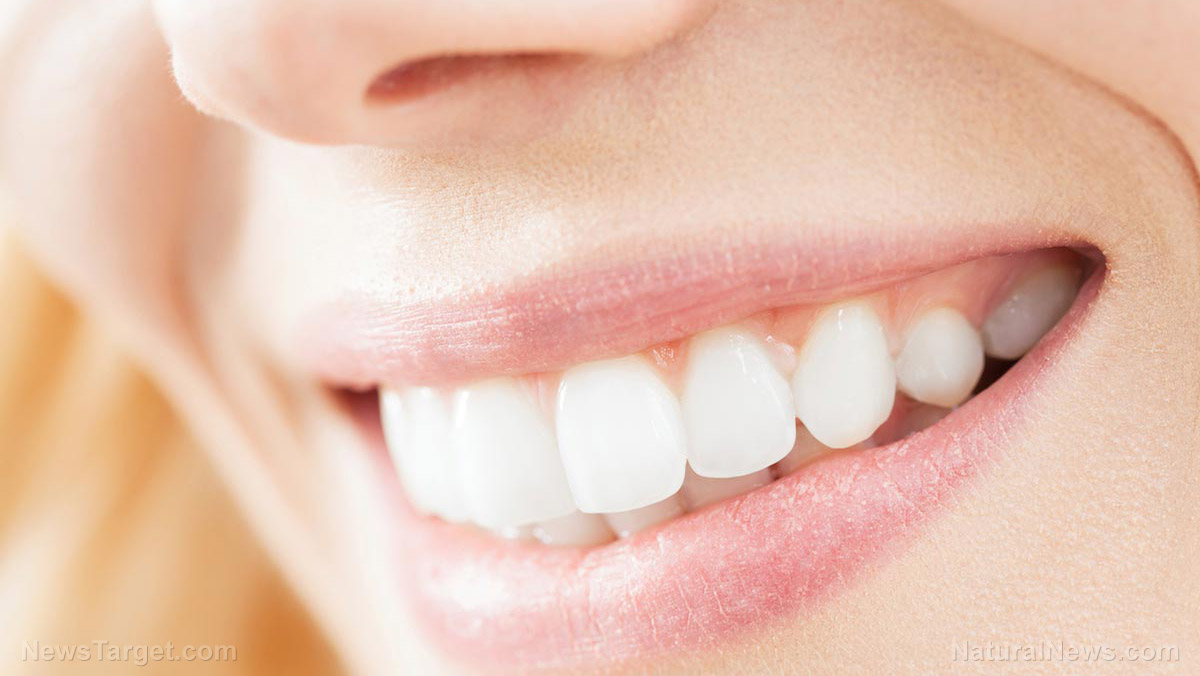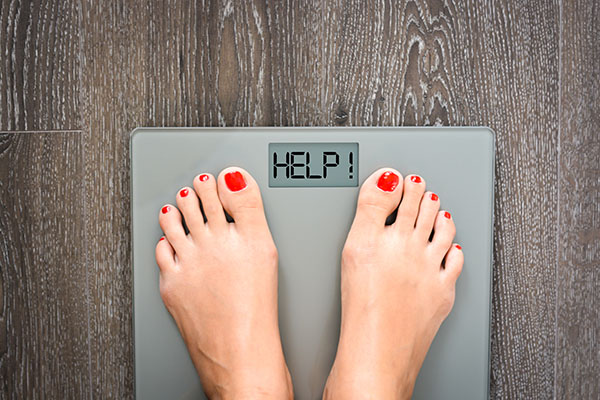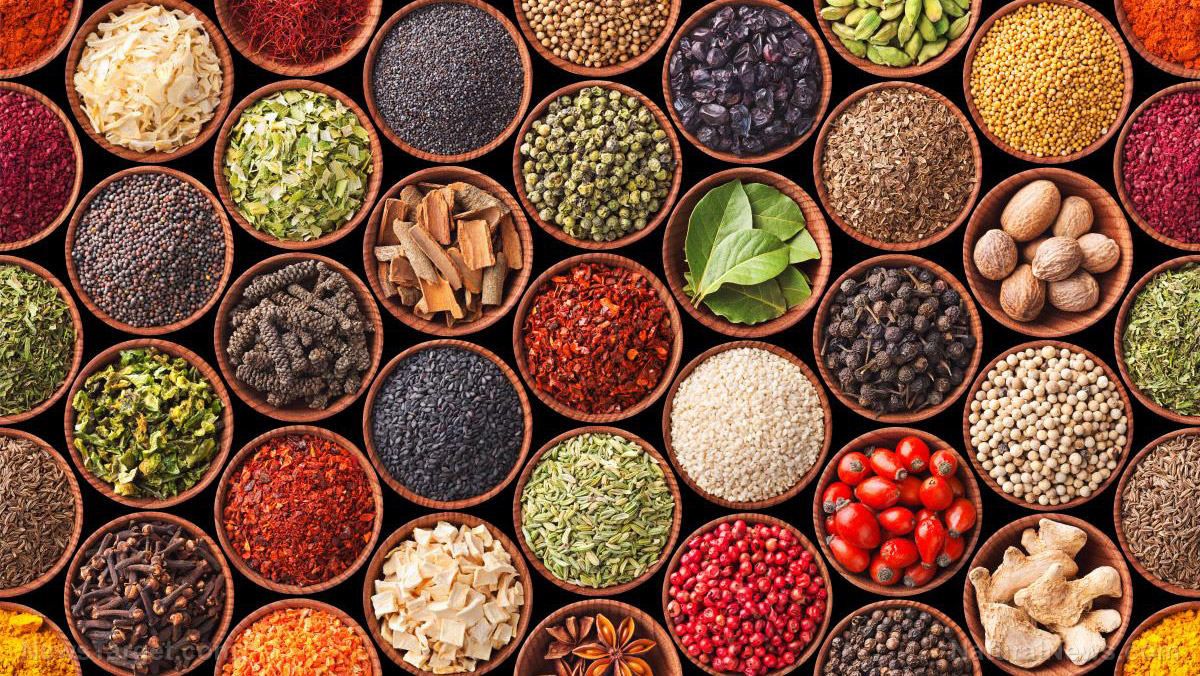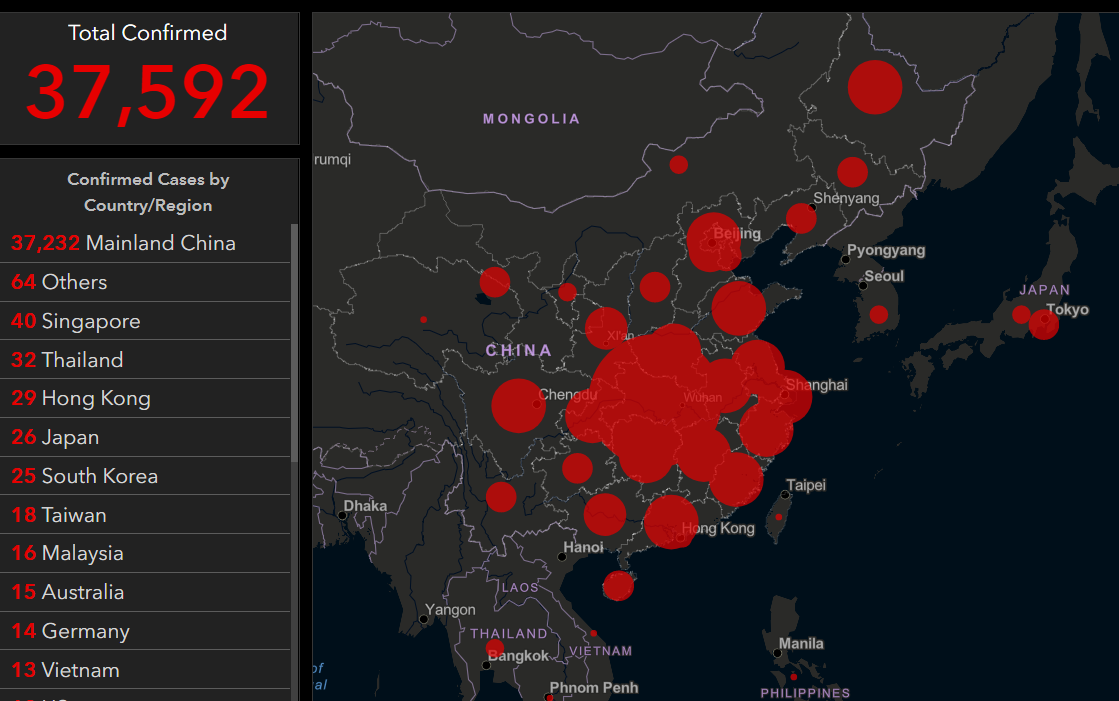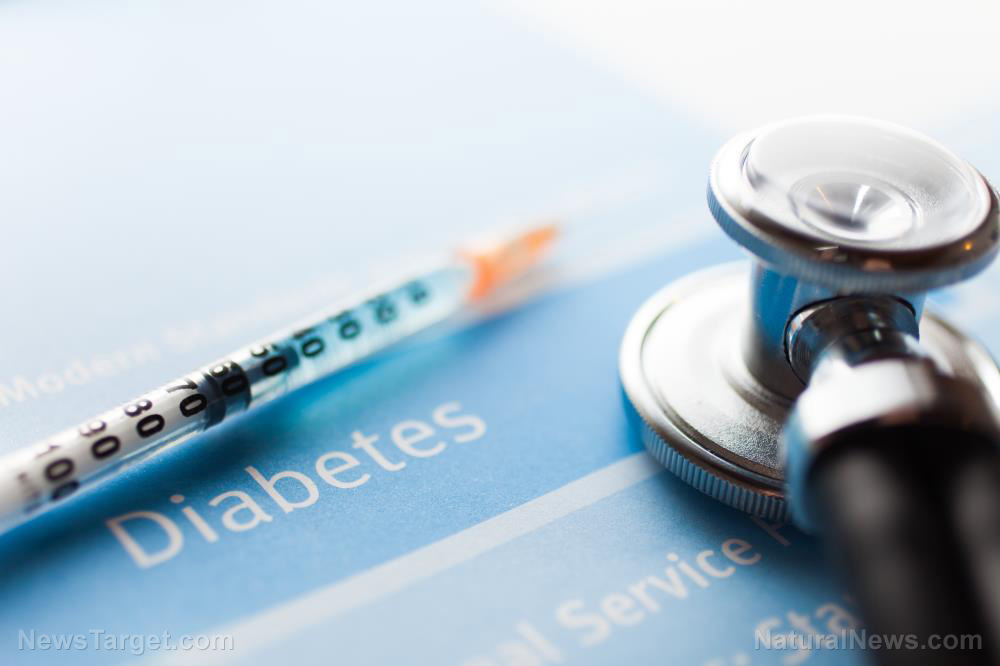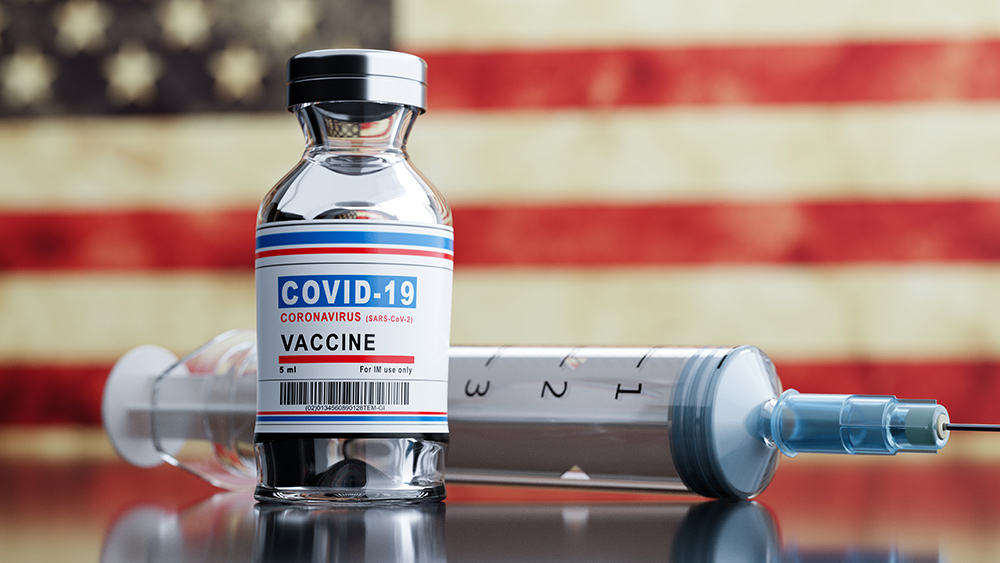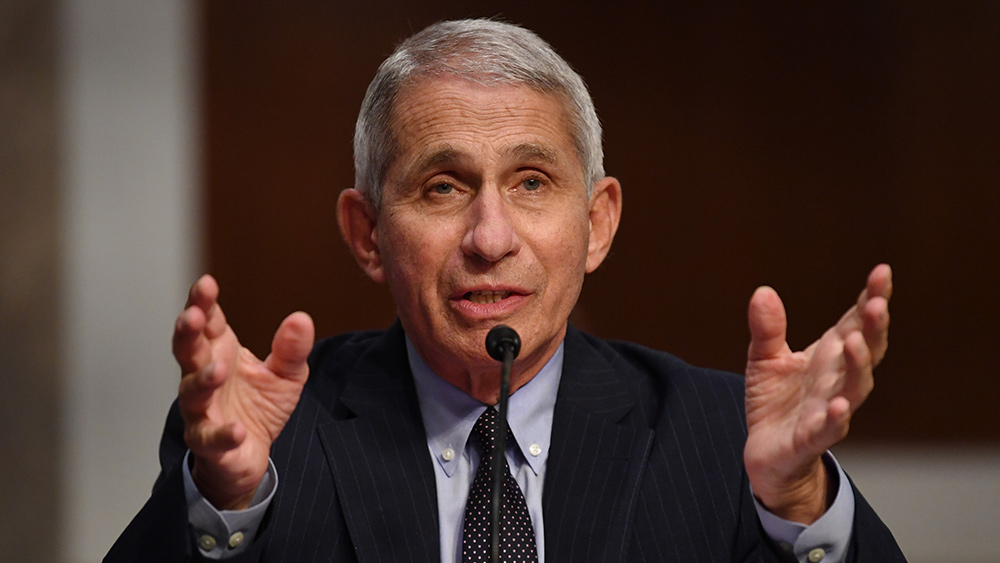Studies reveal CALORIE COUNTS on restaurant menus are INACCURATE, with some dishes containing far more than advertised
07/24/2023 / By Laura Harris
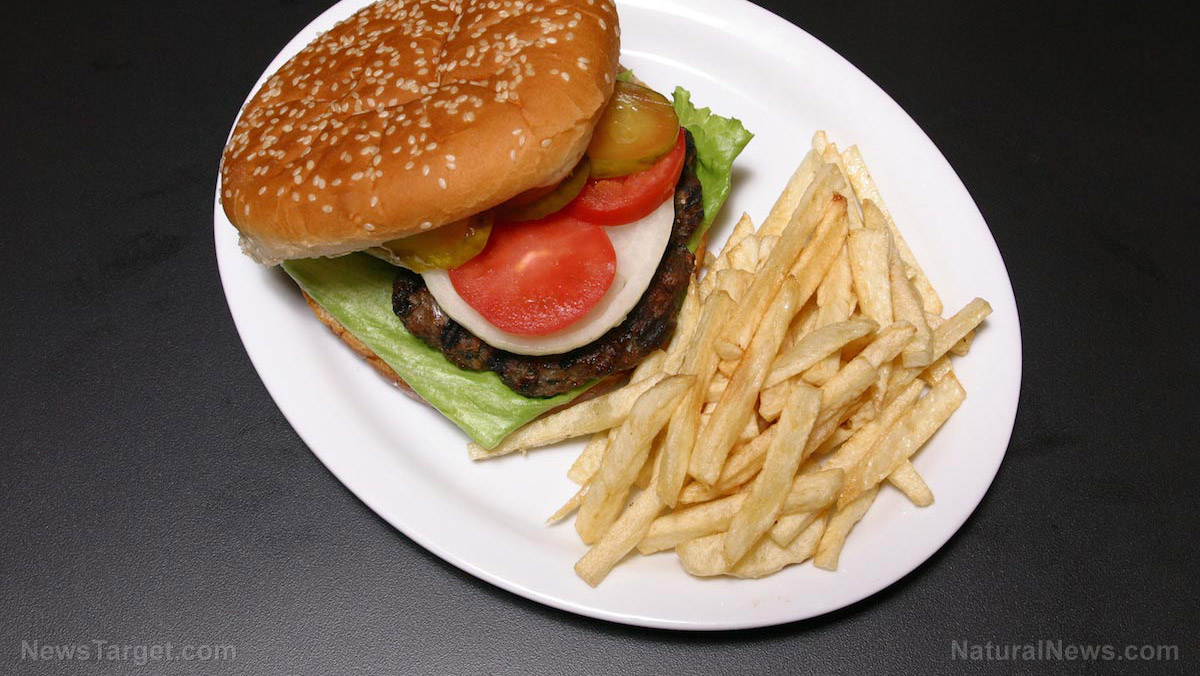
Some restaurants, especially those in the United Kingdom, are required to indicate on their respective menus the number of calories their food items have. However, two separate studies showed that relying on these numbers is not a wise decision as they are far from accurate.
Both studies found that restaurant dishes, including those from smaller and local restaurants, often contain more than double the amount of calories stated on their menus. Moreover, some of those dishes contain more than the amount of calories an average person needs every meal. The results of both papers carry serious repercussions for food outlets declaring the number of calories on their menu to “help customers make healthier choices.”
The first study done by the Sunday Times in partnership with the University of Greenwich (UG) tested 20 food samples from 10 popular restaurant chains in the United Kingdom. Dishes from pizza chain Pizza Express, Indian restaurant Dishoom and Mexican casual dining joint Las Iguanas were examined at UG’s food testing laboratory.
UG experts found that only half of the dishes fell within the 20 percent “accepted margin of difference” allowed between the actual and stated calories. This means that for many dishes, the difference between the actual calorie content and what was declared on the menu exceeded the acceptable range. (Related: Study links fast food consumption to fatty liver disease.)
Five of the samples had higher calorie counts than what was indicated on the menu. Dishoom’s “roomali roti” – a seemingly innocent soft flatbread – contained 727 calories, more than thrice the 236 calories stated. A nacho dish at Las Iguanas was listed as having only 576 calories, but testing found that it contained more than twice the calories at 1,156.
Dishes from US restaurants also contain ALARMING amounts of calories
According to UG food and nutrition associate professor Dr. Nazanin Zand, emphasized that consumers should view the nutritional information on menus as rough estimates rather than absolute values. He noted that the inaccuracies can lead to guilt and misguided food choices. People may opt for supposedly healthier options based on the calorie counts, only to find out later that the actual calorie content is extremely different.
But it appears that the problem also happens across the pond, as evidenced by a study published in April 2016 in the Journal of the Academy of Nutrition and Dietetics (JAND). The JAND study disclosed the alarming calorie content of meals served in restaurants, even in establishments that are not required to report calorie and nutrition information.
The study’s authors analyzed meals from large-chain and local restaurants that serve a variety of cuisines. They found that 92 percent of the meals they tested had more calories than the average person needs for a single meal, exceeding the recommended daily intake.
The researchers also pointed out that there was no difference in calorie counts of food between chain and non-chain restaurants. On average, each meal contained 1,205 calories, roughly half of a person’s typical daily recommendations. While calorie counts were consistent across various cuisines, three cuisines – American, Chinese and Italian – had the highest amount averaging 1,495 calories each.
Corresponding author Susan Roberts from Tufts University in Boston emphasized that portion sizes contribute to the excessive calorie content of restaurant meals. Thus, she and her co-authors proposed mandating restaurants to offer one-half or one-third portions. They argued that providing smaller portions not only helps diners consume less calories without consciously trying, but also allows for a wider variety of dining options.
Roberts, along with her co-authors, then propose requiring restaurants to offer food in half portions or one-third portions and pricing them accordingly. The authors argue that providing smaller portion sizes would not only help them eat fewer calories without consciously trying, but also provide a wider variety of interesting options.
Visit JunkFood.news for more stories about calorie-packed restaurant meals.
Watch this video that shows how to prepare six snacks that contain less than 100 calories, much healthier than restaurant fare.
This video is from the wellness4all channel on Brighteon.com.
More related stories:
Study: Eating 80% of your daily calorie intake before 1 p.m. could help prevent diabetes.
Consuming too much fast food can cause irreversible brain damage, warn health experts.
Sources include:
Brighteon.com
Submit a correction >>
Tagged Under:
actual calories, calorie consumption, calorie count, calories, dining out, excess calories, fast food, fight obesity, food science, obesity, portion sizes, research, restaurant menus, restaurants, serving sizes, stated calories
This article may contain statements that reflect the opinion of the author

